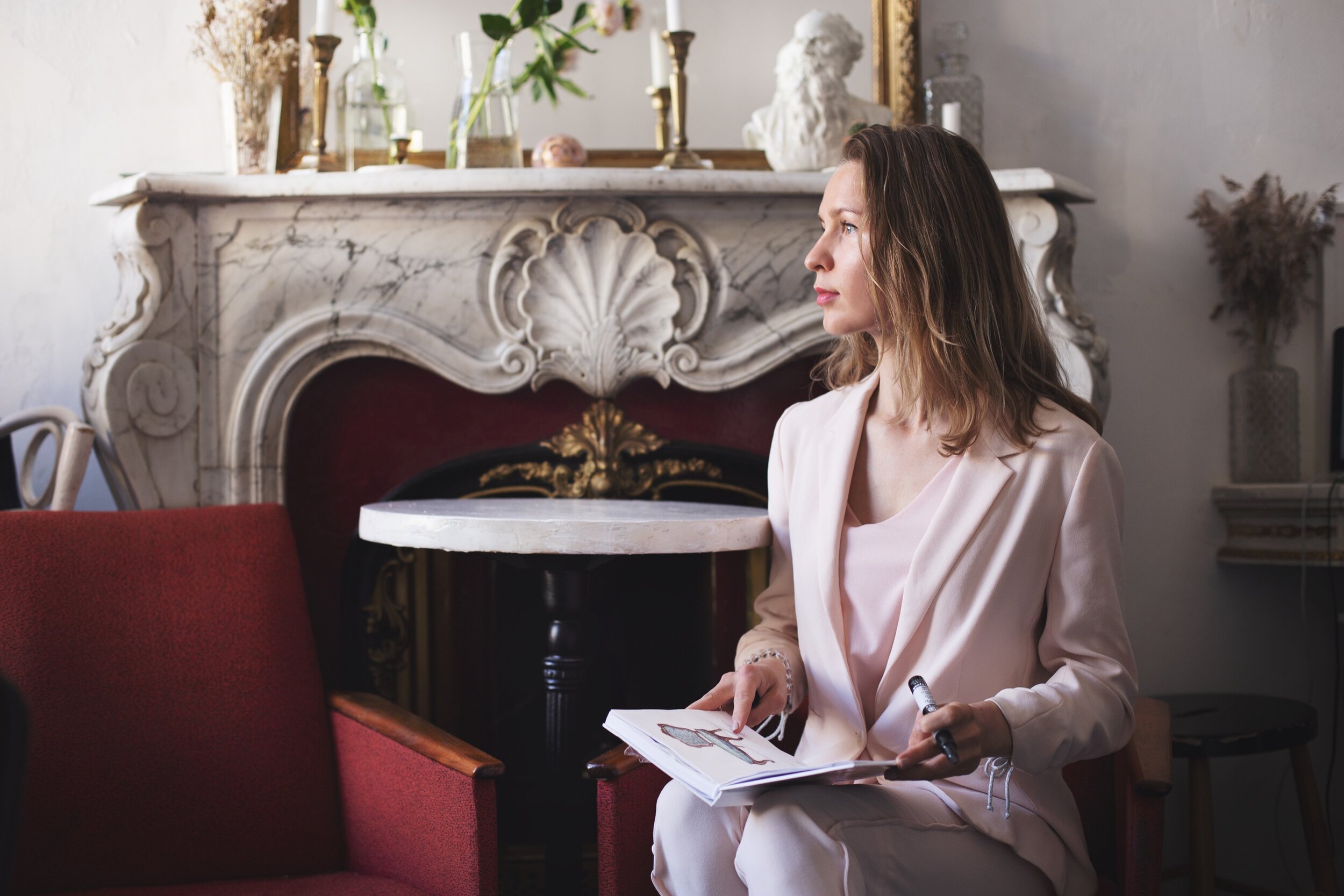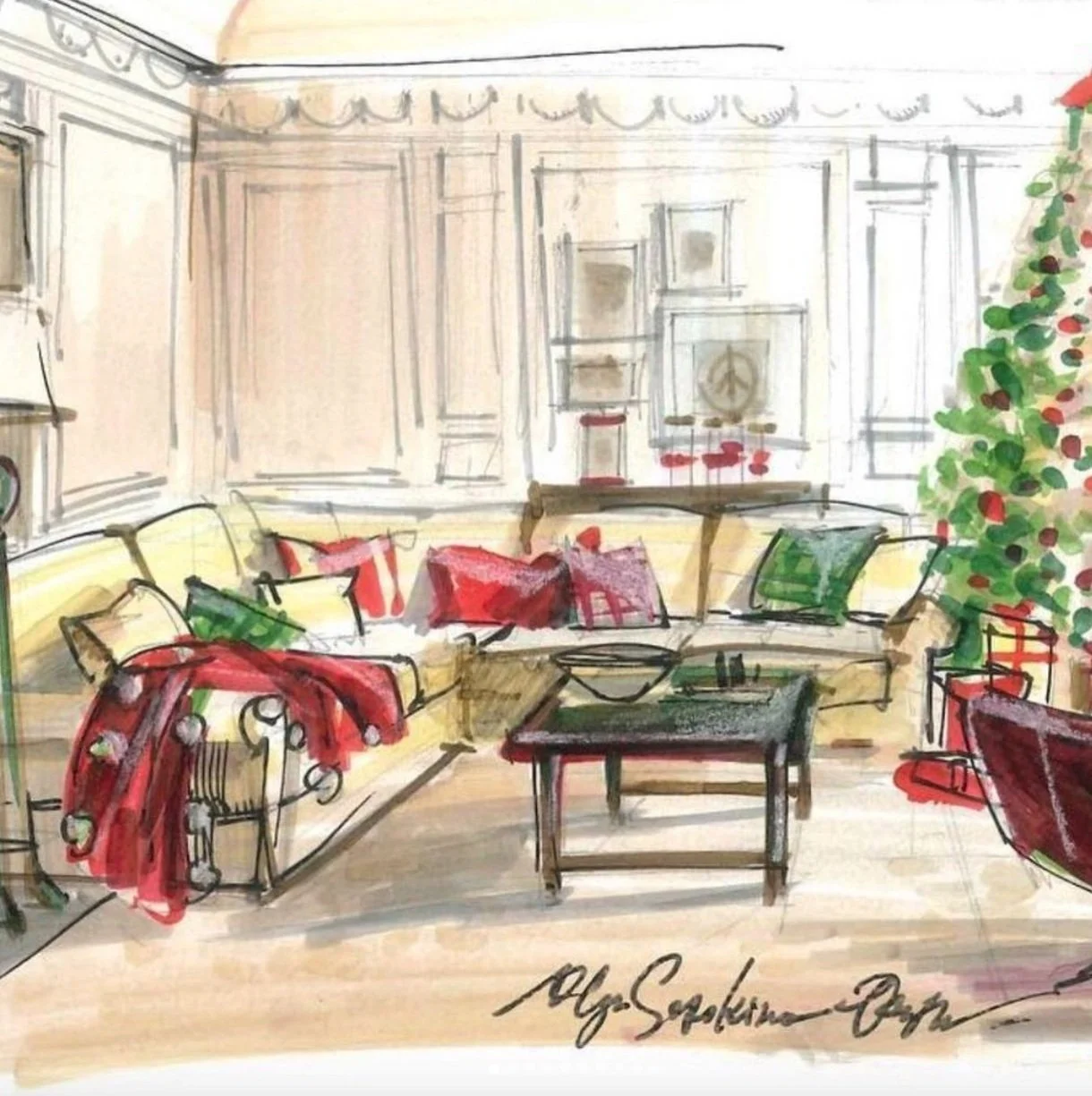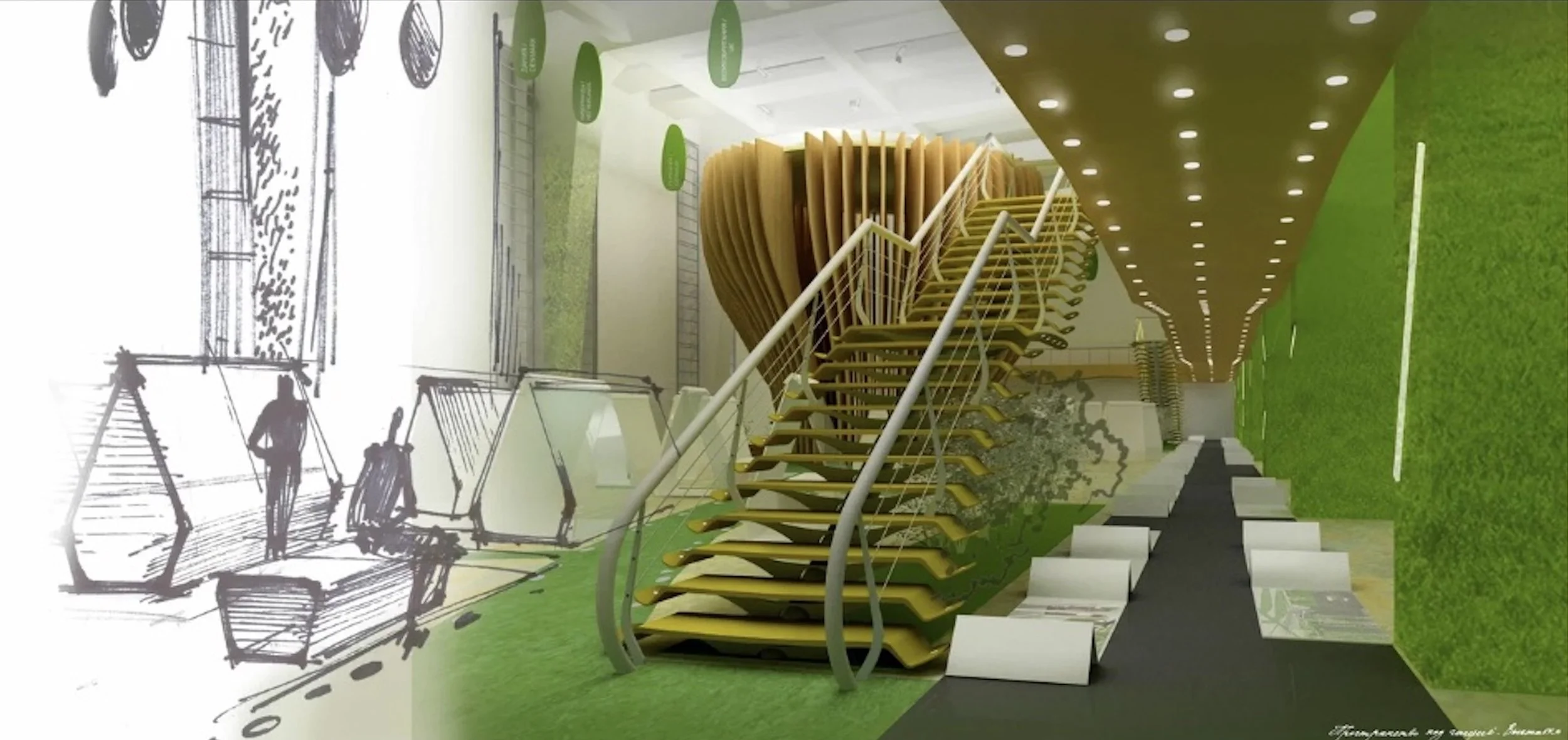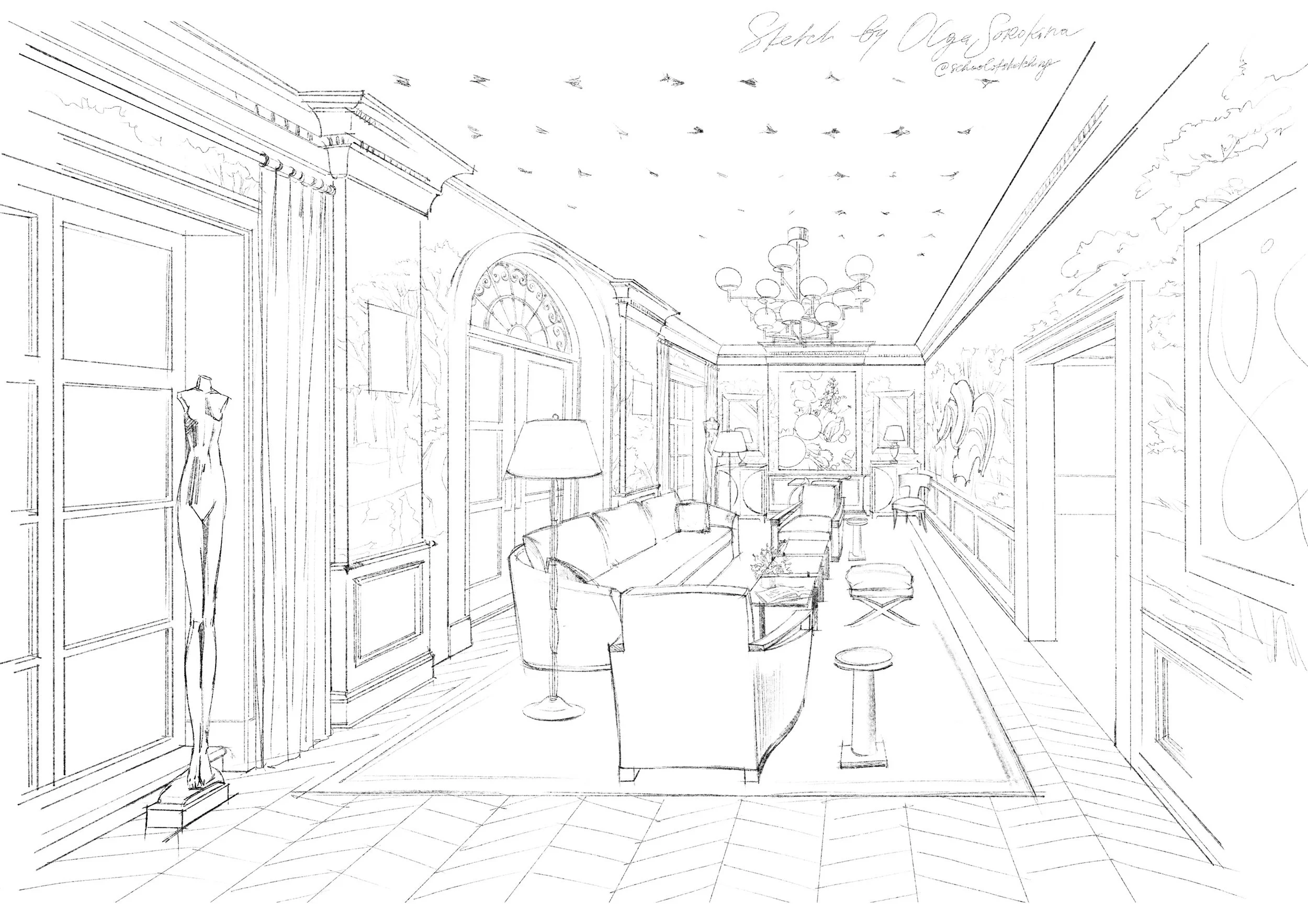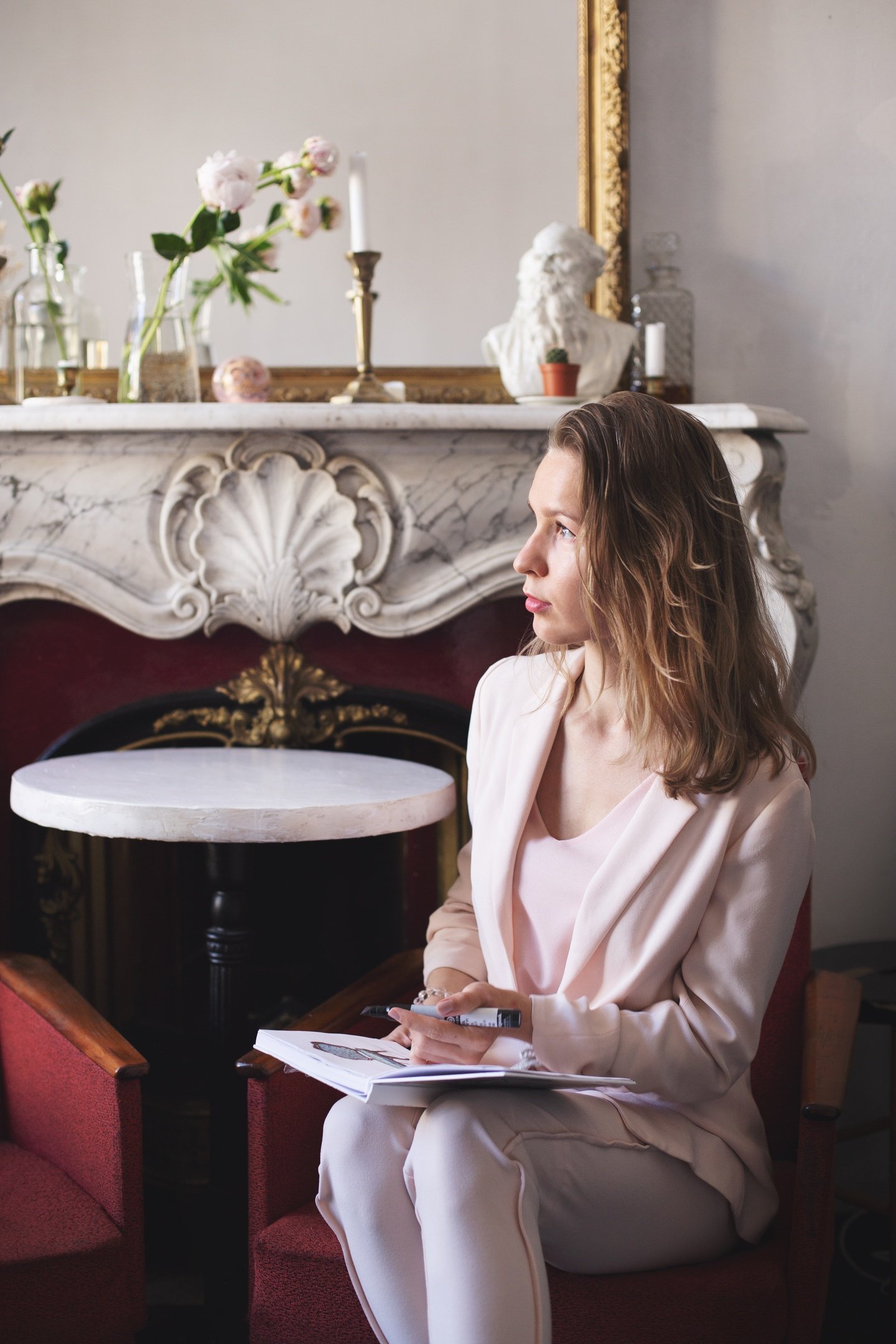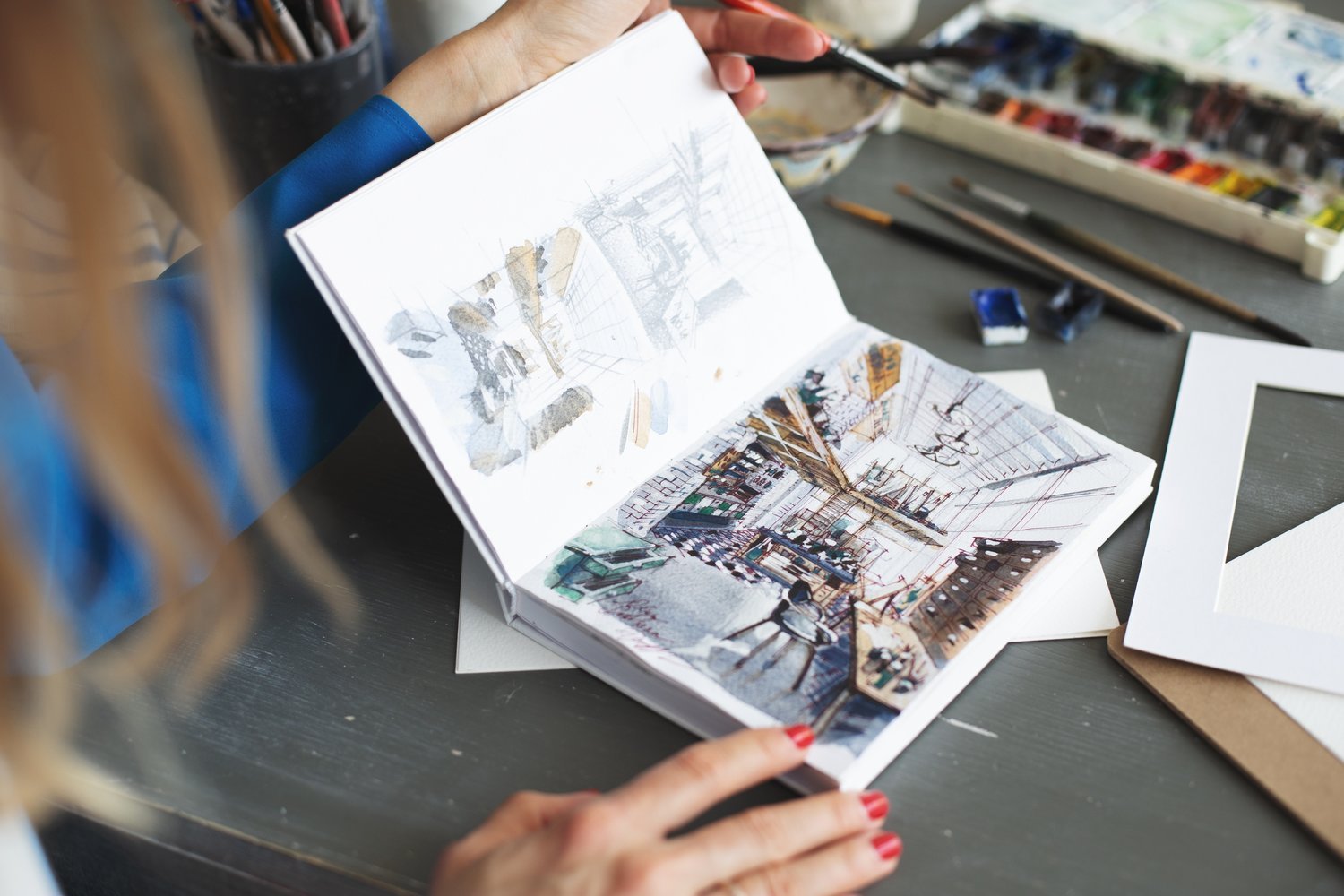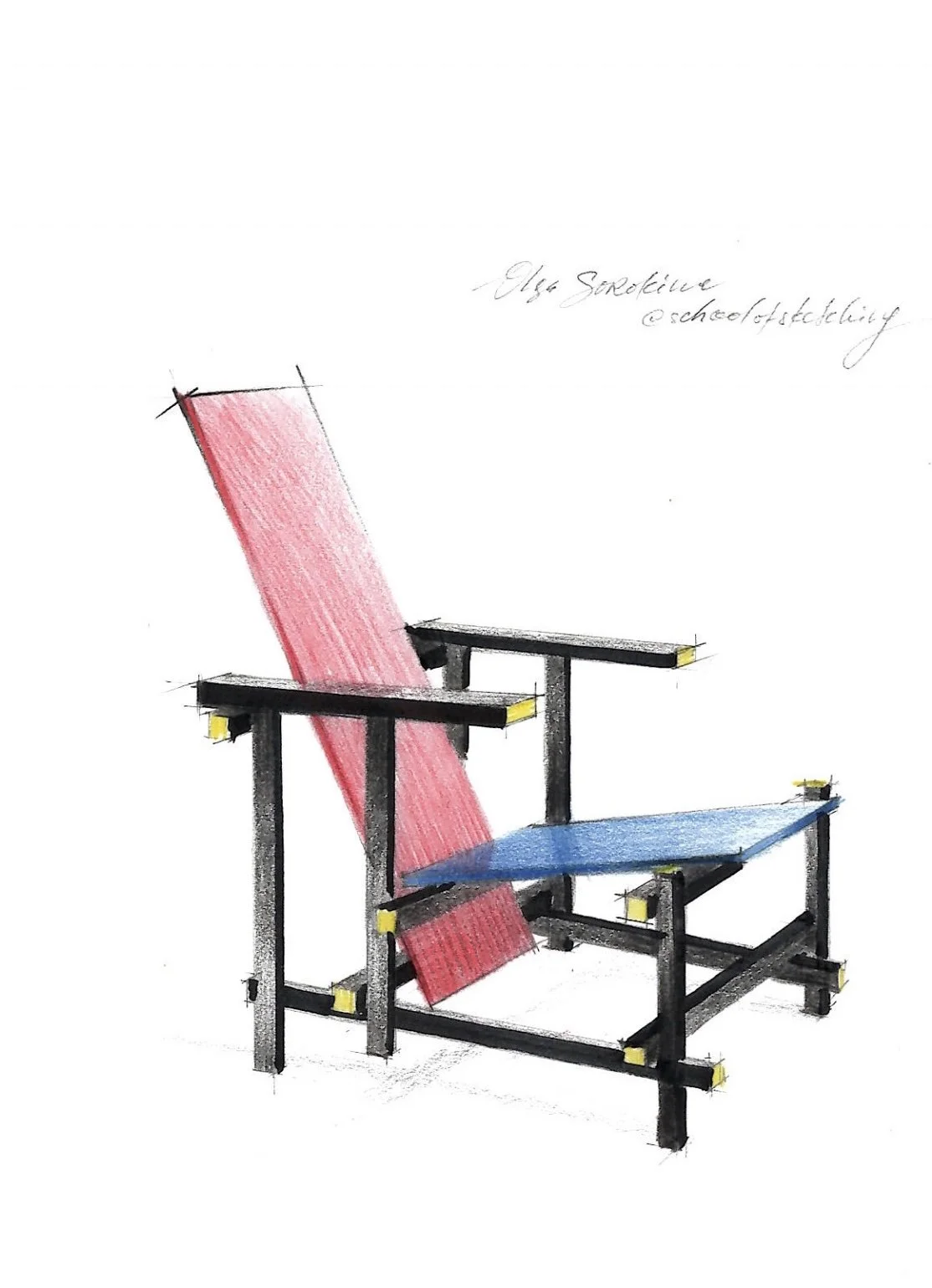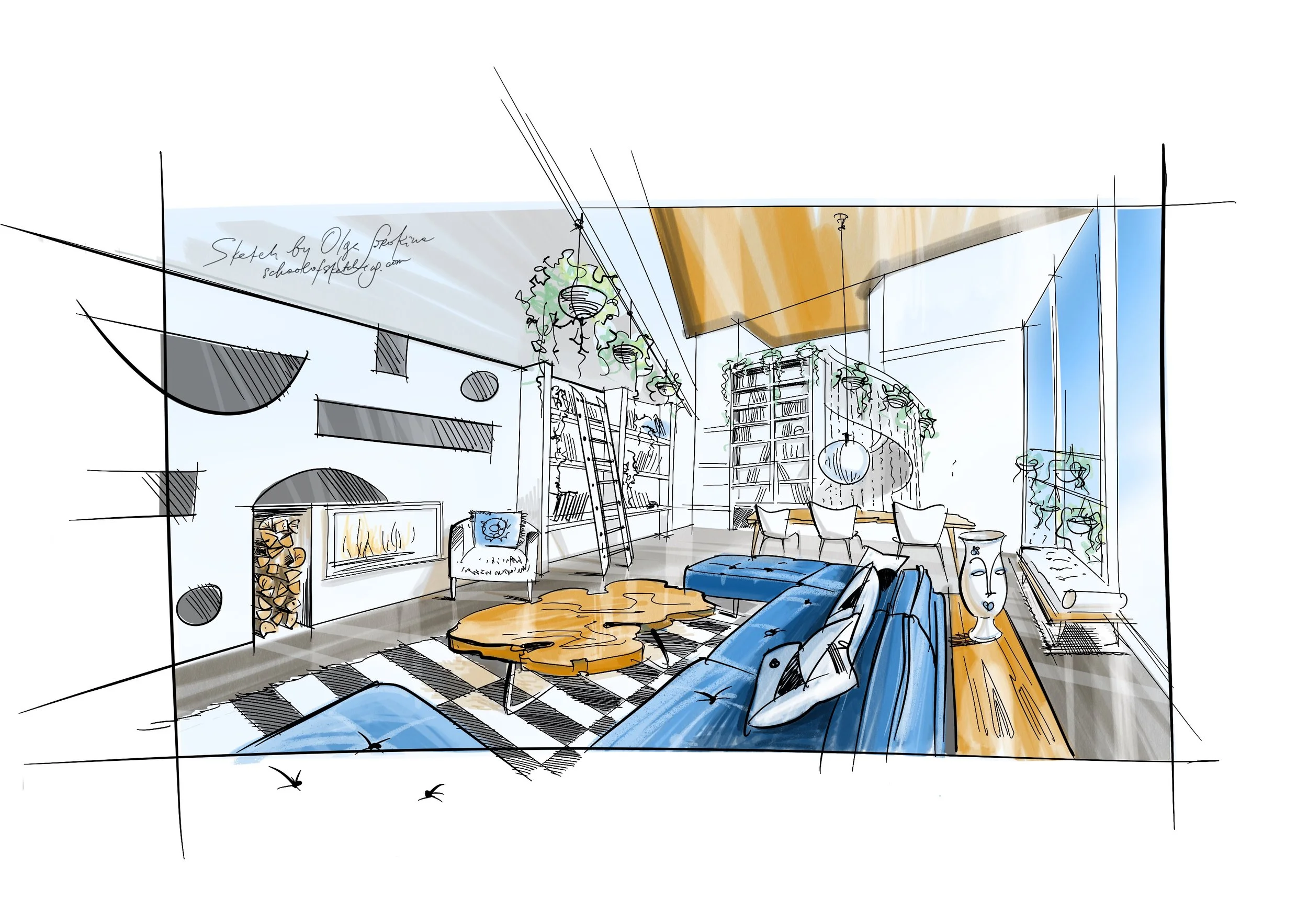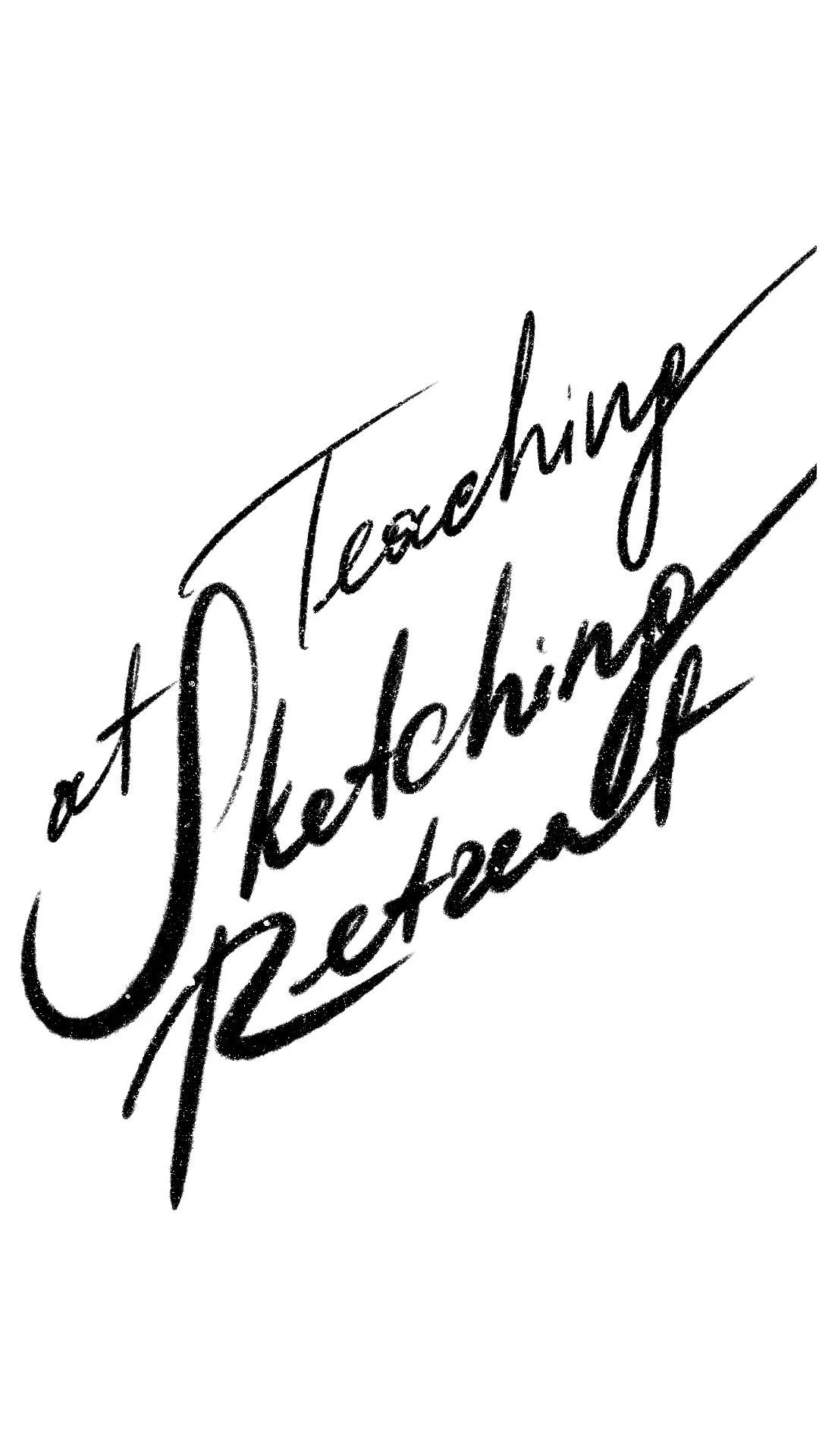Some of you may get upset when I dispel the myth that the interior design profession is only about beauty and romantic appeal, but you better know the truth if you want to avoid a “blind date” disappointment.
Part of this blog article I took from the text of my best-selling book,
Who is an interior designer?
Let's uncover the truth, interior design is not about pleasant meetings with customers in glamorous restaurants and elegant offices, reflecting on the subject of interior styles, choosing that ideal shade of taupe for the tiling in the bathroom, artistic inspiration, and perpetual joy of creation. Well, some of it is, but it sums up to no more than 5% of the overall project scope. The rest of it, 95% is hard work.
The rest of it is the arduous daily routine: designer supervision at a construction site, bare concrete walls, breathing all this cement dust hanging in the air, speaking to builders, managing orders, dealing with everyday challenges, chasing suppliers — all these generally putting out fires on a daily basis.
“Interior design is only 5% about pleasant meetings with customers in glamorous restaurants and elegant offices, reflecting on the subject of interior styles, artistic inspiration, and perpetual joy of creation. The rest of it, 95% is hard work.”
To give a complete image: an interior designer is an all-round craftsman, multi-armed, multi-legged, and multi-brained. He/she has to bear in mind plethora of diverse information: starting with yesterday’s conversation with the customer, requests from his wife, children and his dog, visits to a tile store, sanitary equipment showroom, lighting shop, negotiating with construction supervisors, and rows about missed deadlines. One other aspect that is rarely mentioned is the futile struggle to foster a good taste in some of their customers trying to persuade them that rhinestone and crimson velvet from a luxurious Italian palazzo look like unabashed kitsch in the context of a city apartment.
At the same time, you will need to find time and energy to visit a great many interior design exhibitions, many of which take place at least twice a year, in order to be well-versed in new technologies and materials. As you can see, it is a very vibrant and eventful life. The most exhausting part of it all is constant multitasking, and we now know that it is the least efficient way of getting things done and by far the most draining. Creativity was supposed to fit in all this somehow and be the essence of the designer’s occupation, given that he/she is an “Artist of an Interior” (as it is inscribed in my diploma).
The fact of life is: a designer is often a project manager, a director, an author, a supervisor, and a diplomat, all rolled into one. This definition also applies to self-employed designers, owners of a small design studio, freelancers, or any other professionals who work for themselves, rather than a company.
“An interior designer is often a project manager, a director, an author, a supervisor, and a diplomat, all rolled into one. ”
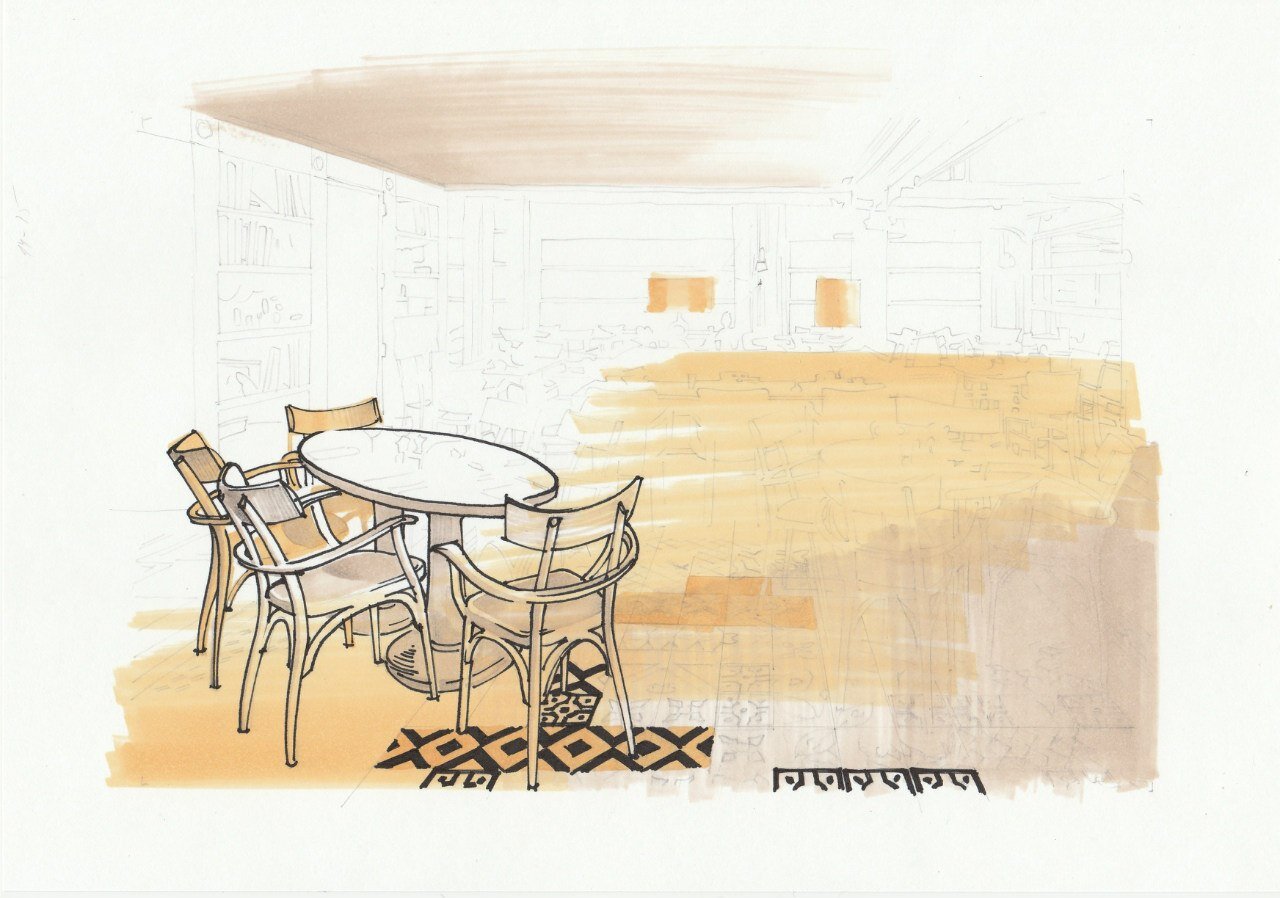
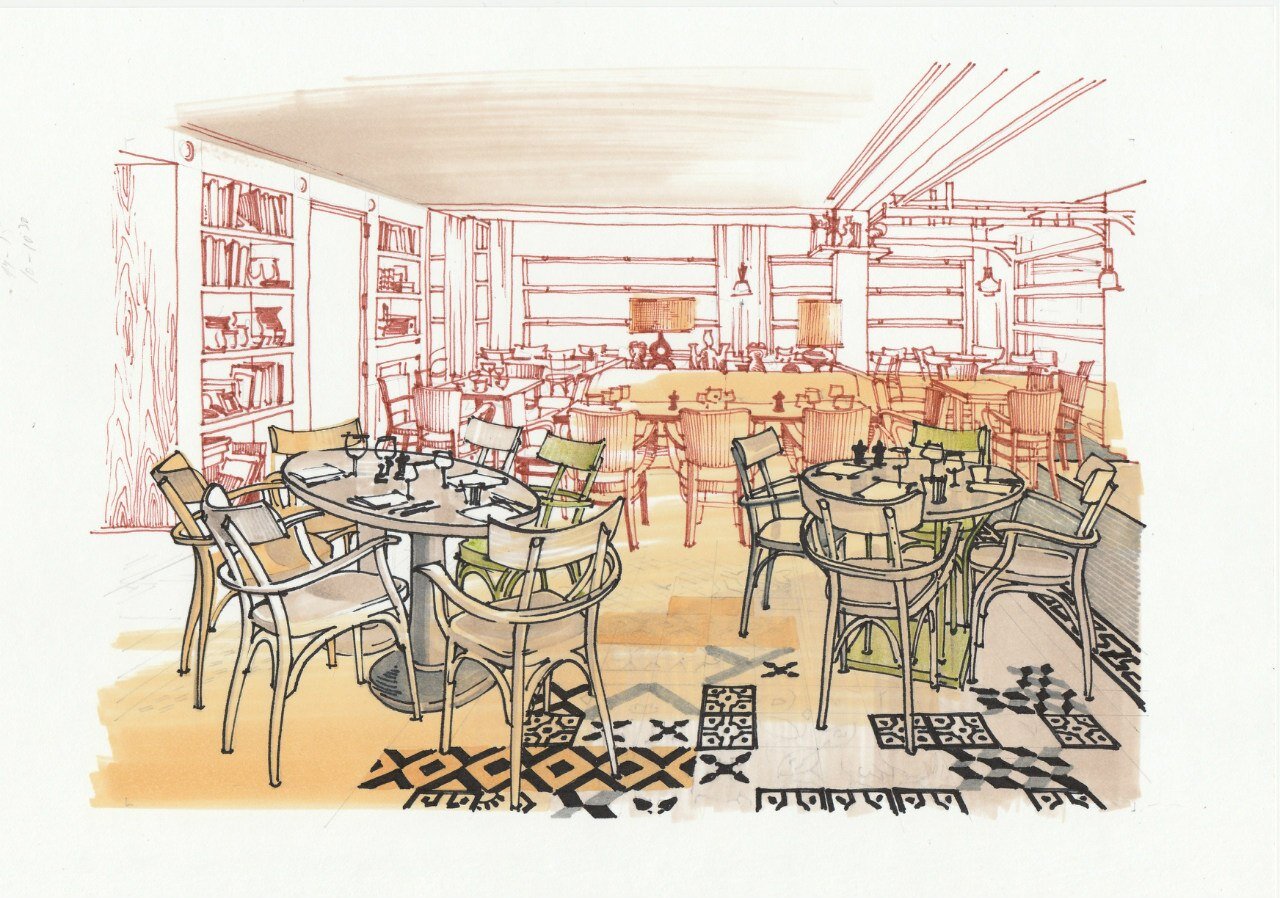
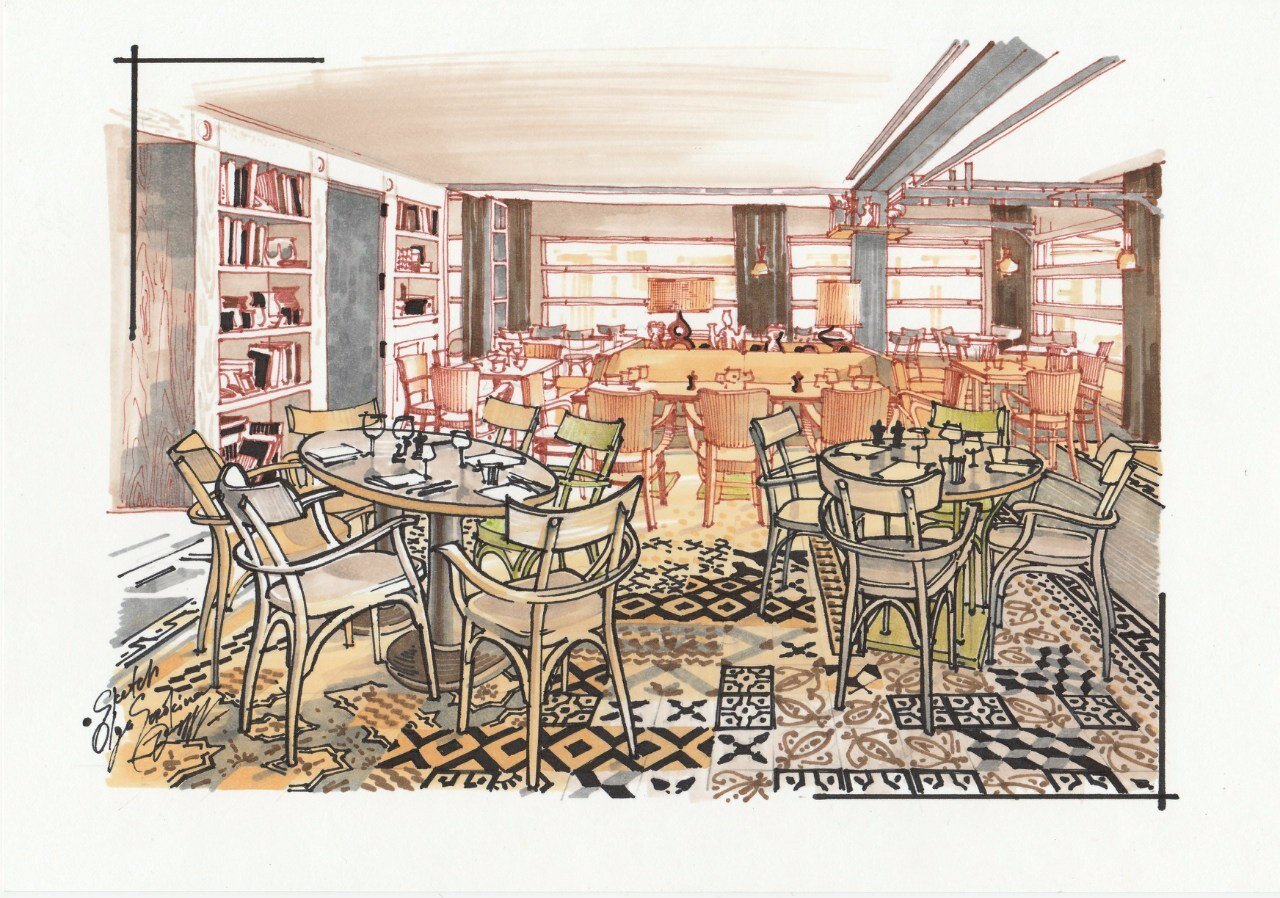
In the midst of the hustle and bustle, when you have this, that or the other place to rush to, dozens of appointments to keep, panicking clients to calm down and meetings with a builder, your energy dissipates very quickly and your stamina very soon wanes, days are slipping away imperceptibly, and almost nothing is done. Does that sound like the way things are sometimes in your case? Cheers! This means it is the right time for you to get away from it all, take it easy, recharge your batteries and discover a new way to spur your creativity and awaken your inspiration.
In fact, this is precisely where perspective drawing and my online interior sketching courses will help you. Concentrate on your creativity, and you will see the progress straight away along with rapid professional growths. Being a creative person, a designer wants to always feel that he or she is continually developing and growing professionally.
I think it is of paramount importance to a designer or an architect — the ability to express ideas on paper using just a pencil. Having graduated from the best Arts Academy in St. Petersburg, Russia, I was astonished to find out that some designers were utterly incapable of drawing, and many of them have never even tried to, commenting that the main thing was the ability to use appropriate computer programs, knowledge of building principles, regulations, and materials. It is beyond doubt that it is essential to be an expert in your craft, a professional in your field. And in real life, it is also vital to be good at maintaining relations with customers and construction workers and to have a leadership talent.
“There is nothing that proofs your professionalism and creativity further than if you draw a sketch right in front of the client during a meeting. ”
You gain respect in your clients’ eyes when he or she sees a complex interior being artfully created by you and there is nothing that proofs your professionalism and creativity further than if you draw a sketch right in front of the client during a meeting. It does the trick 100% of the time!
Ask yourself: what is it precisely that I want to do? What is missing from my creative process? What would be my ideal creative process? If you are a computer geek — there’s no problem. However, if you are perturbed by the feeling that something is missing, that you are disconnected from your work, that you no longer enjoy coming to the office and that everything became a routine, it means you need to discover a new way and acquire new knowledge and skills. You need to find a way to re-introduce elegance spontaneity and joy back into your profession.
So welcome to my online courses for beginners and advanced, I can’t wait to see you on the inside!
P.S. My dear Creative, may I ask you to share this article on your social media so more people can learn about interior sketching. Thanks in advance!
© Olga Sorokina, 2020
